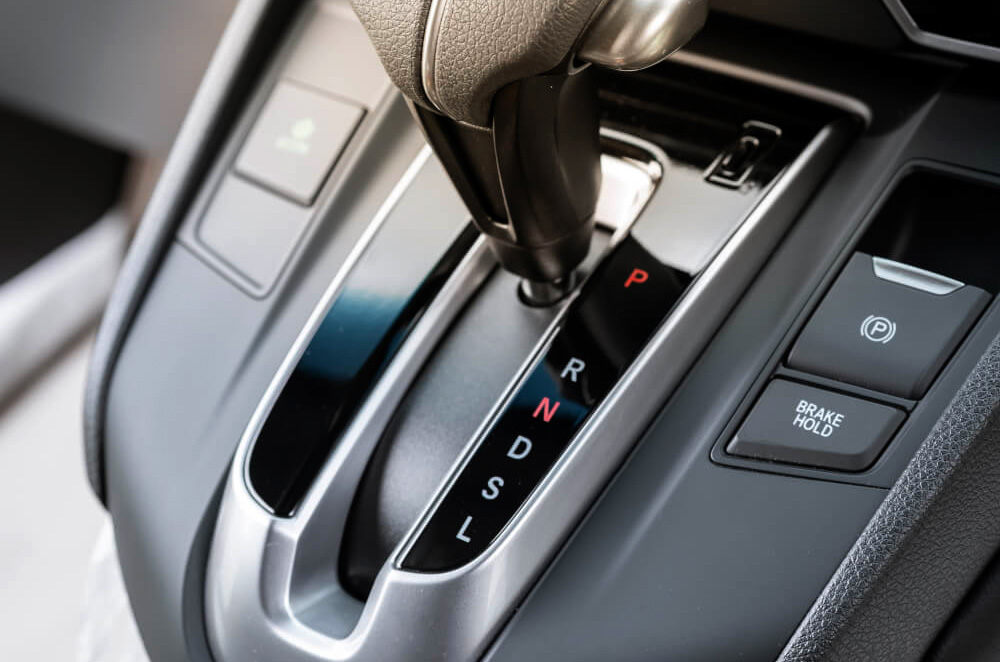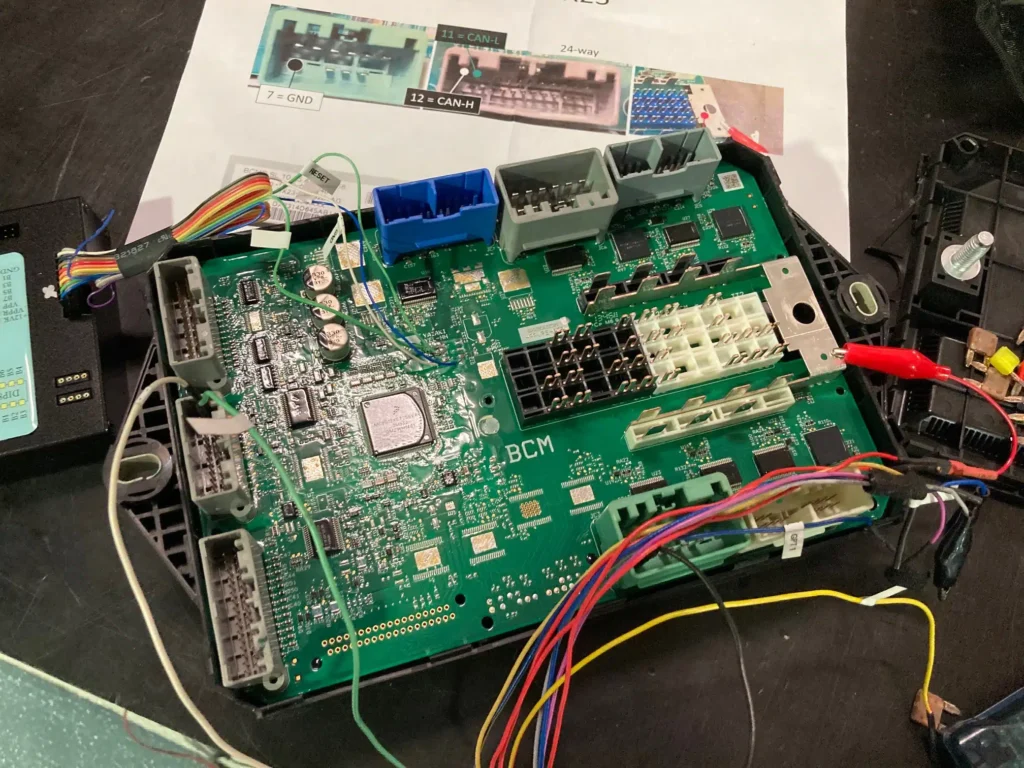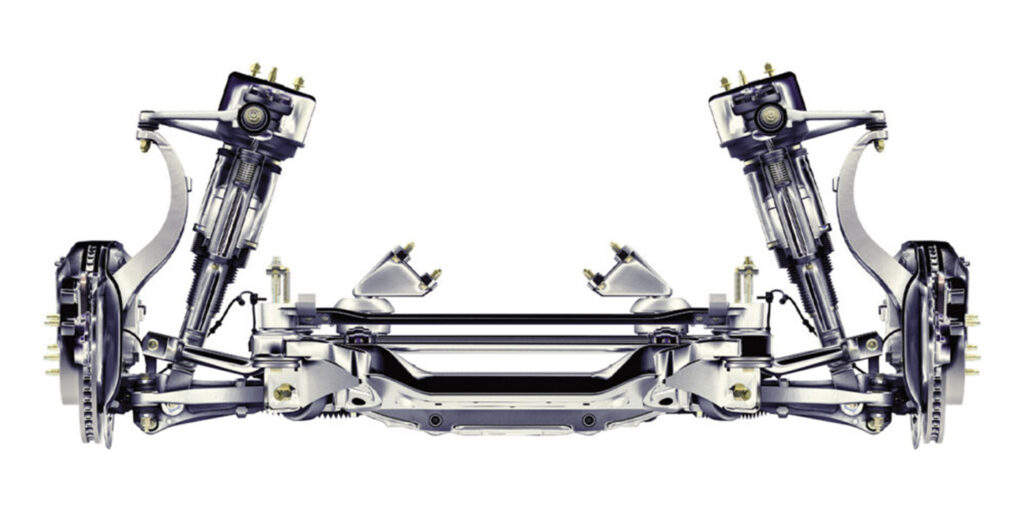Maintenance Jobs You Don’t Need An Auto Mechanic For
Changing Your Own Engine Oil
One of the most fundamental car maintenance tasks you can perform yourself is changing the engine oil. This straightforward job requires only a few basic tools: an oil filter wrench, a drain pan, a funnel, and the appropriate type and amount of oil for your vehicle. By following the instructions in your car’s owner’s manual, you can locate the oil drain plug, remove it to drain the old oil, replace the oil filter, and then refill the engine with new oil. Not only does doing this yourself save money, but it also allows you to familiarize yourself with the inner workings of your engine.

Swapping Out Your Air Filter
Another simple yet important maintenance task is replacing your car’s air filter. A clean air filter ensures that your engine receives sufficient airflow, which is crucial for efficient combustion and overall performance. To swap out the air filter, you only need to open the hood, locate the air filter housing (usually a black plastic box), and remove the old filter. Insert the new filter, ensuring it is properly seated, and close the housing. This job can typically be done in under ten minutes and requires no special tools, making it an easy DIY project for car enthusiasts and novices alike.
Replacing Windshield Wiper Blades
Effective windshield wipers are essential for maintaining clear visibility during adverse weather conditions. Fortunately, replacing worn-out wiper blades is a quick and easy job. Start by determining the correct size of wiper blades for your vehicle, which can usually be found in the owner’s manual or by consulting an automotive parts store.
Rotating Your Own Tires
Tire rotation is another maintenance task that you can handle yourself, provided you have a basic set of tools and a little bit of time. Regularly rotating your tires helps promote even tread wear, extends the life of your tires, and improves overall vehicle handling. To rotate your tires, you will need a jack, a lug wrench, and your car’s owner’s manual to follow the recommended rotation pattern. By alternating the positions of the tires, you ensure balanced wear and enhance the longevity and performance of your tires.
Final Thoughts on DIY Car Maintenance
Taking charge of some of your car maintenance tasks can save you money and provide a sense of accomplishment. While certain jobs are best left to professional mechanics, tasks like changing your engine oil, swapping out air filters, replacing wiper blades, and rotating tires are well within the capabilities of most vehicle owners. By following instructions in your owner’s manual and using basic tools, you can maintain your car in top condition and develop a deeper understanding of how your vehicle operates.






